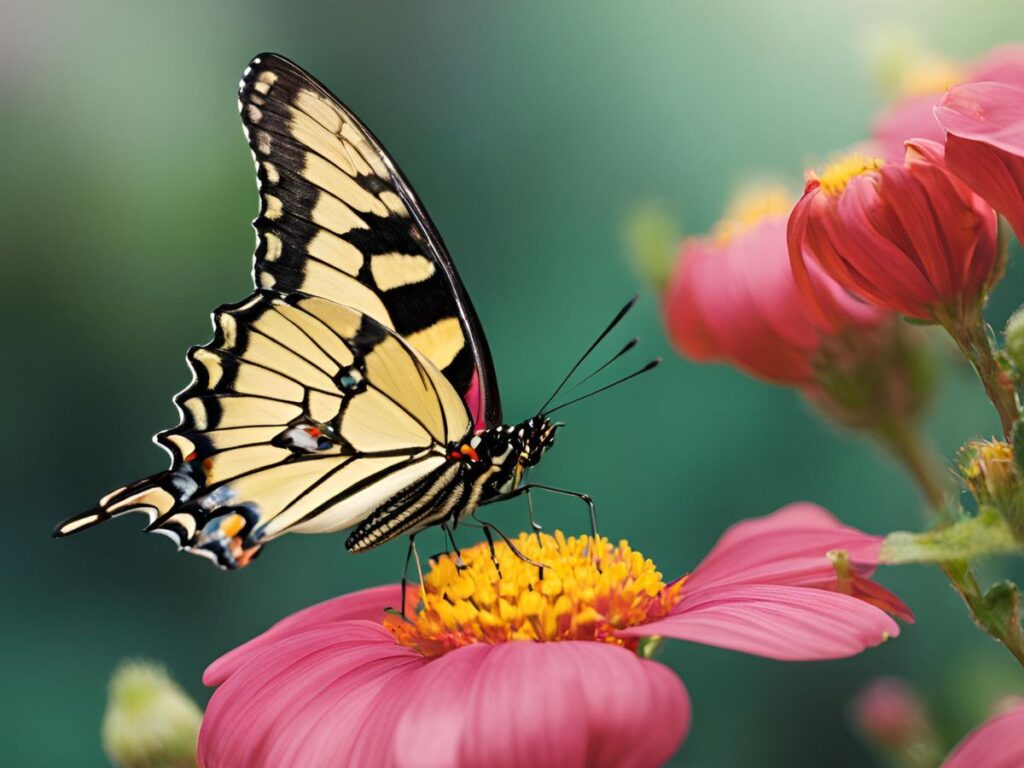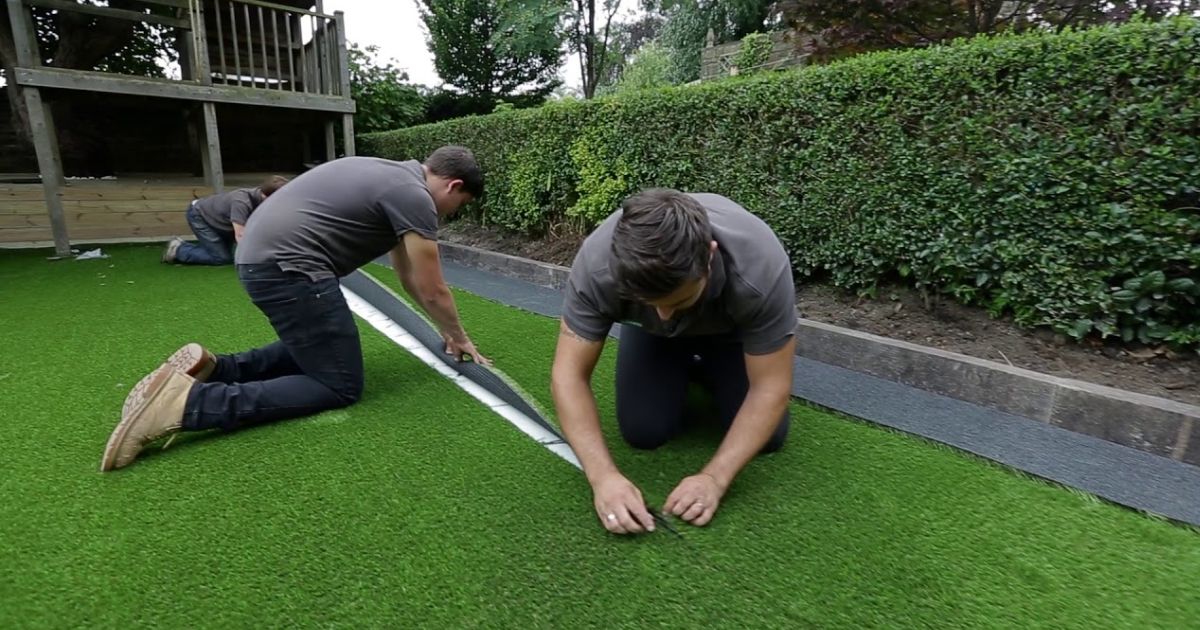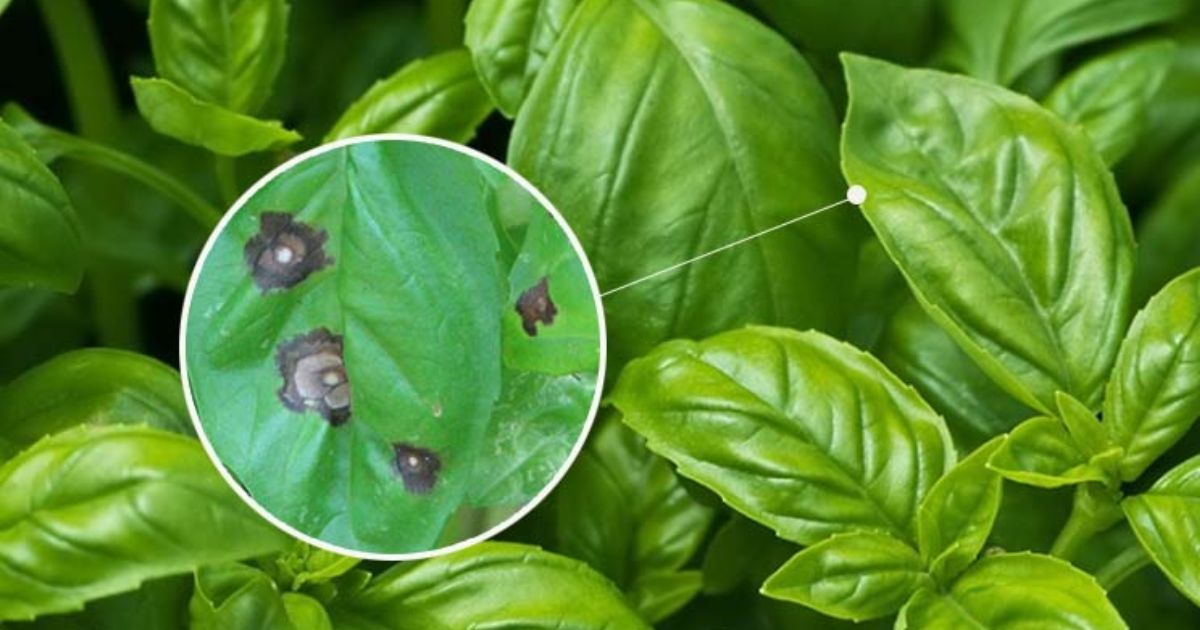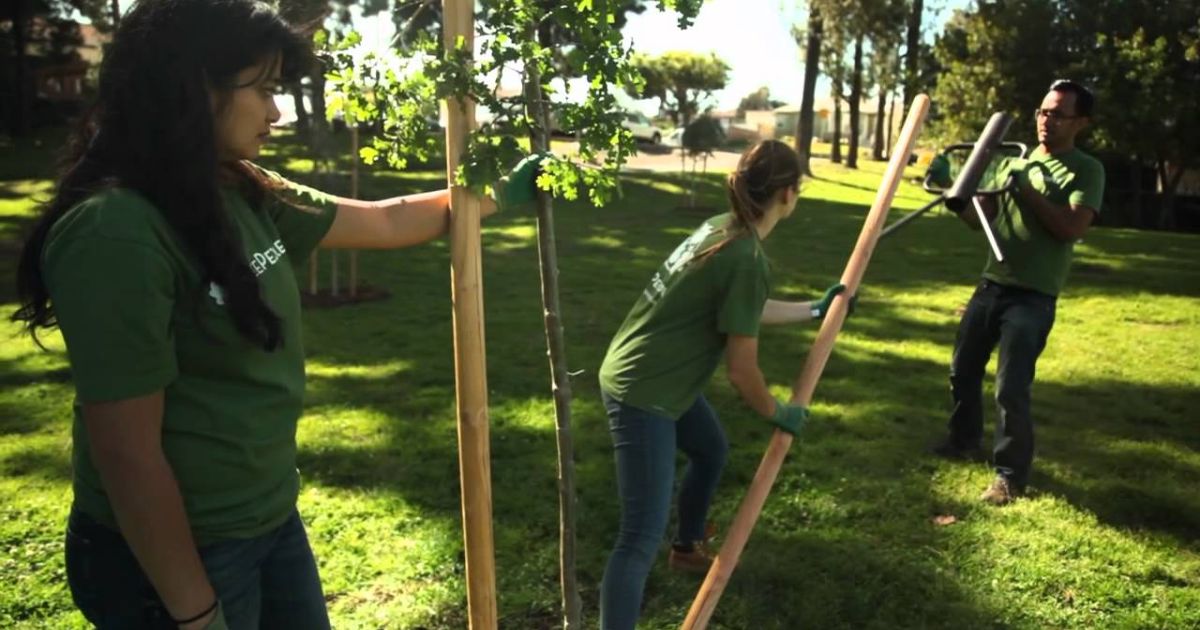A lovely addition to any garden are butterflies, and play a crucial role in pollination, helping to support a healthy ecosystem. Bringing butterflies into your garden can make it more beautiful while encouraging biodiversity. However, to ensure that butterflies are drawn to your space throughout the year, creating that caters to their unique needs across all seasons is essential. It is necessary to select the right plants to provide shelter and water; you can take several key steps to transform your garden into a butterfly haven.
This guide will explore essential tips for attracting butterflies to your garden all year. These helpful pointers will help you create a garden, regardless of your level of experience thriving, butterfly-friendly space that delights your senses and supports the vital pollination process. Let’s dive into the best ways to turn your garden into a year-round sanctuary for these stunning pollinators!
Choose the Right Plants for Every Season
Select Plants That Bloom Throughout the Year
One of the most effective ways to attract butterflies to your garden all year is by planting various flowers that bloom in different seasons. Butterflies are constantly searching for nectar, so providing a continuous food supply is crucial to keeping them in your garden throughout the changing seasons. Butterflies can access nectar no matter the time of year by incorporating early bloomers, summer favorites, and late-season blooms.
Spring: The year’s first blooms are essential for attracting butterflies emerging from winter. Early bloomers like crocuses and pansies offer much-needed nectar in the spring months when many butterflies are just starting to become active again. These resilient blooms are not just aesthetically pleasing, but they provide a crucial early food source for hungry butterflies as they emerge from hibernation.
Summer: As the weather warms, you’ll want to plant flowers that bloom throughout the summer. Lavender, with its fragrant purple spikes, is a butterfly favorite, attracting various species. Another summer favorite is milkweed, particularly beloved by monarch butterflies. Milkweed’s vibrant flowers provide ample nectar, while its leaves are a vital host plant for monarch larvae. These summer blooms will help keep your garden buzzing with butterfly activity all season.
Fall: In the fall, when the weather starts to drop, late-season blooms like asters and Goldenrod become critical. These flowers provide a final burst of nectar for butterflies preparing for migration or those lingering a little longer before the cold sets in. With its bright yellow clusters, Goldenrod is particularly attractive to late-season butterflies and other pollinators.
Focus on planting native plants to further enhance your garden’s appeal to butterflies. Native species are often better suited to local ecosystems, requiring less maintenance while providing the specific nectar and host plants butterflies need. For instance, in North America, species like the purple coneflower and black-eyed Susan support butterfly populations and thrive in local climates, making them ideal additions to your butterfly garden. How to Identify types of wasps in Your Yard
What colors are butterflies attracted to Choosing a variety of plants that bloom all year long will allow you to create a varied, butterfly-friendly garden that remains an attractive food source for butterflies from early spring through late fall.
Provide Shelter and Food Sources
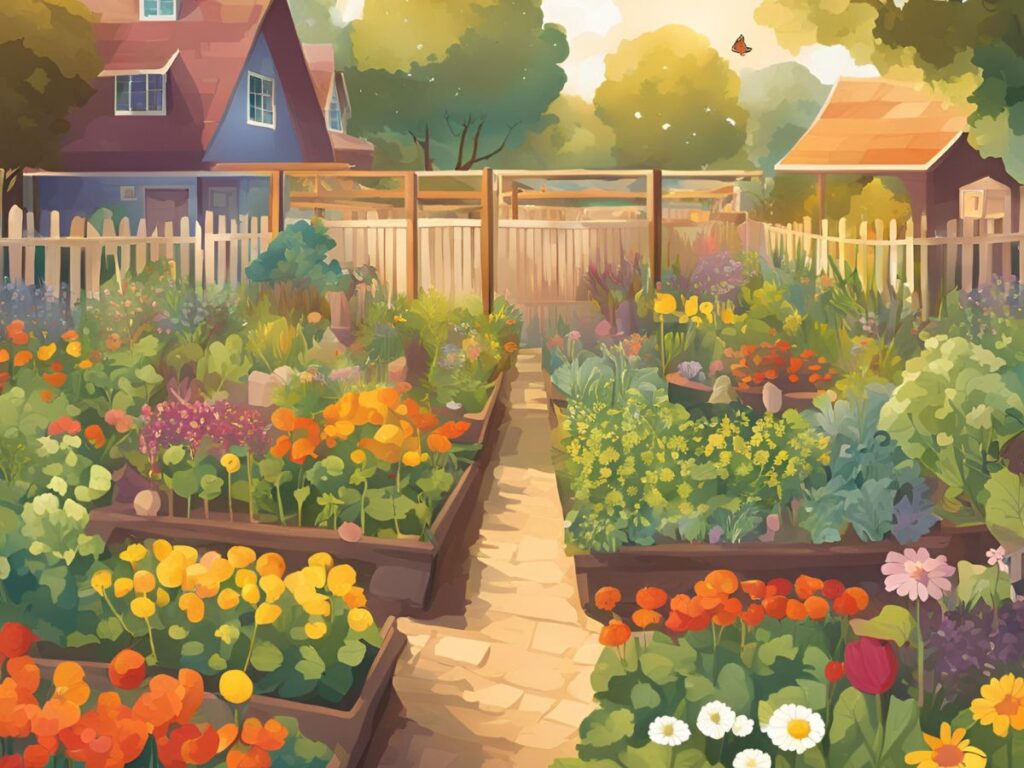
Create Safe Spaces with Food and Shelter
In addition to providing nectar-rich flowers, creating safe spaces with adequate shelter and food sources is essential for attracting and supporting butterflies throughout the year. Like other living creatures, how to attract a butterfly need a safe place to rest, hide from predators, and survive harsh weather conditions. Natural food sources, particularly in the winter, further enhance your garden’s appeal.
Shelter: Shrubs, tall grasses, and trees are perfect for sheltering butterflies. These plants offer places for butterflies to rest and hide and protect from the elements, especially during colder months. Shrubs with dense foliage or evergreen trees provide shelter during winter. Tall grasses can create natural nooks and hiding spots, while trees, with their thick canopies, provide essential cover from rain, wind, and predators. Additionally, when butterfly larvae hatch, they often seek refuge in the leaves of trees or bushes to continue their development.
During colder months, attracting butterflys may enter a state of dormancy, and having access to sheltered areas in your garden ensures they have a safe spot to wait out the cold. Providing these areas will keep the butterflies safe and encourage them to return year after year.
Food Sources: While nectar from flowers is an important food source for adult butterflies, offering additional natural food options is vital, particularly during the fall when nectar supplies may start to dwindle. Overripe fruits like bananas, oranges, and apples are beautiful to late-season butterflies, as they provide a rich source of sugar that helps butterflies stock up for migration or prepare for the coming cold. Place a few slices of overripe fruit on a flat surface in a sunny garden, and you may see butterflies gather to feed.
These natural food sources and the shelter offered by trees and shrubs ensure that butterflies have everything they need to thrive in your garden. You create a safe, welcoming environment for butterflies year-round by providing food and shelter.
Offer Water Sources for Butterflies
Create a Butterfly-Friendly Water Source
Just like any other living creature, what colors attract butterflies need water for hydration. While they primarily rely on nectar for energy, they also need water to stay healthy and active. Providing a water source in your garden is an excellent way to attract butterflies and support their well-being throughout the year. A shallow birdbath, a small pond, or even a simple water dish can create a butterfly-friendly environment.
Shallow Birdbaths or Small Ponds: Butterflies prefer shallow water sources because they cannot land in deep water. A birdbath with low, wide edges or a small pond with shallow areas will allow butterflies to safely drink without drowning. The key is to ensure the water is not too deep—aim for a water depth of no more than an inch or two. You can add small stones, pebbles, or a shallow dish to provide a landing surface for butterflies to rest while sipping. These stones will give them a secure place to stand, making it easier for them to drink without getting caught in the water.
Mud Puddling Areas: Another fantastic way to provide water to butterflies is by creating mud puddling areas. In the wild, butterflies gather around wet, muddy areas where they sip mineral-rich water. This process, known as “mud puddling,” allows butterflies to absorb nutrients like salts and minerals from the water necessary for their health and reproduction. To create a mud puddling spot, In your garden, dig a small hole and fill it with with moist soil, or create a small, wet area in a sunny spot. Adding some organic matter, like decaying leaves, encourages butterflies to visit. what fruit can boost wetness?
By offering accessible water sources and mud puddling areas, you provide butterflies with the hydration and essential minerals they need to thrive. These additions to your garden will ensure that butterflies have everything they need to stay hydrated and healthy throughout the seasons.
Avoid Pesticides and Harmful Chemicals
Keep Your Garden Safe for Butterflies by Avoiding Chemicals
One of the most crucial steps in creating a butterfly-friendly garden is ensuring it is free from harmful chemicals like pesticides. While these chemicals often control pests, they pose significant risks to attracting butterflys, particularly their larvae and caterpillars, which are essential to their life cycle. Pesticides can inadvertently kill butterflies or interfere with their development, ultimately damaging the ecosystem you are trying to support.
Dangers of Pesticides: Pesticides and other harmful chemicals can be toxic to butterflies at all stages of life, from egg to adult. Larvae, or caterpillars, are especially vulnerable because they often feed on leaves and plants treated with chemicals. As they consume these contaminated plants, they ingest harmful substances that can poison them, stunting their growth or killing them outright. Even when pesticides are applied to other pests, the chemicals can drift onto nearby plants or affect the surrounding environment, making it dangerous for butterflies and other pollinators.
Adult butterflies are also at risk from environmental chemicals. When they come into contact with pesticide-treated plants, they may experience weakened immune systems, disrupted navigation, or even death. To preserve the fragile ecosystem’s balance in your yard and ensure that butterflies thrive, it is best to avoid using chemicals that could harm them.
Natural Pest Control Techniques: Instead of depending on harmful pesticides, you can employ natural pest control methods that help keep your garden free from unwanted pests without harming butterflies. One of the most effective ways to control pests organically is by introducing beneficial insects like ladybugs and lacewings. Ladybugs feed on aphids, a shared garden pest, while lacewings target aphids, mealybugs, and other small insects. These beneficial insects can keep your garden balanced and reduce harmful pests without affecting your butterfly population.
You can also use organic sprays or homemade remedies from non-toxic ingredients like neem oil or garlic to deter pests. These alternatives are less harmful to butterflies and other beneficial insects while effectively managing pest populations.
By avoiding the use of harmful pesticides and using organic pest management techniques, you can establish a safe and healthy environment for butterflies. This will ensure they have the resources they need to thrive and continue pollinating your garden. This holistic approach to gardening protects butterflies and supports a sustainable, thriving ecosystem.
Plant a Variety of Host Plants for Butterfly Larvae
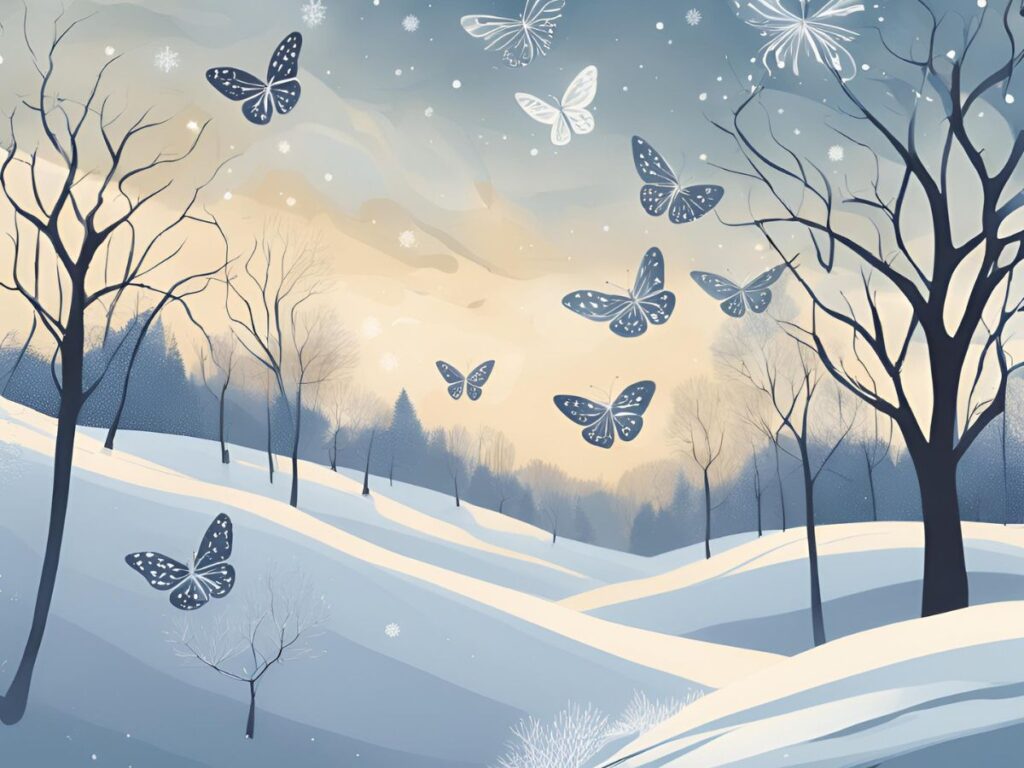
Include Host Plants for Butterfly Larvae
To truly support butterflies in your garden, it’s essential to plant various host plants that provide the necessary food and habitat for butterfly larvae (caterpillars). These plants are the main source of nourishment for the growing caterpillars, and by incorporating them into your garden, you play an essential role in the butterfly life cycle. For example, milkweed is crucial for monarch butterflies, because this plant is the only food source for their larvae. Similarly, swallowtail attract butterflys rely on plants like parsley, fennel, and dill to nourish their larvae. By planting these host plants, you’re nourishing caterpillars and creating a space for butterflies to lay their eggs. The leaves of these plants are what attracts butterflies larvae eat before undergoing metamorphosis, emerging as adult butterflies ready to pollinate your garden. Offering host plants ensures that the entire butterfly life cycle can unfold right in your backyard, contributing to the overall health of the butterfly population and enriching your garden’s ecosystem.
Use Natural Landscaping Techniques
Design a Butterfly Garden with Natural Landscaping
Creating a butterfly garden with natural landscaping techniques is an excellent way to make your garden feel like a true sanctuary for butterflies and other pollinators. Incorporating elements that mimic the natural environment allows you to create a space where butterflies feel at home. For instance, garden nooks with varied heights and textures, such as raised flowerbeds, tall grasses, and low-growing plants, offer attract butterflys places to rest, hide, and shelter. Adding rocks and logs to your garden gives butterflies cover and a spot to enjoy the sun, essential for their warmth and energy. Flowerbeds with various plant shapes and sizes also create a diverse habitat, attracting different butterfly species yearly. These natural landscaping features encourage beneficial insects like ladybugs and bees, helping to maintain a balanced and thriving ecosystem in your garden. Designing a space with textures, heights, and natural materials provides butterflies a comfortable and safe environment to feed, lay eggs, and thrive. is a banana a herb
Encourage Butterfly Migration and Overwintering
Support Butterfly Migration and Wintering Needs
Supporting butterfly migration and wintering needs is essential to creating a butterfly-friendly garden. Some butterfly species, like monarchs, travel long distances during migration, and providing them with the right resources can help them along their journey. Planting nectar-rich flowers such as asters, goldenrods, and zinnias in late summer and fall offers food for migrating butterflies like monarchs, helping them replenish energy before continuing their travels. Additionally, offering food sources like overripe fruits, especially during the fall, ensures that butterflies have the nourishment they need during migration. When it comes to overwintering, butterflies require shelter to survive the colder months. You can provide overwintering sites by leaving piles of leaves, hollow tree branches, or bark undisturbed in your garden. These natural hiding spots offer butterflies protection from the harsh winter conditions. By supporting butterflies’ migration and overwintering needs, your garden becomes an essential stop on their journey, helping them thrive year after year.
Keep Your Garden Healthy and Butterfly-Friendly
To create a butterfly-friendly environment, it’s essential to maintain a healthy and thriving garden. Start by focusing on soil health, as healthy soil provides the foundation for intense, vibrant plants that butterflies will love. Regularly water your plants, ensuring they receive consistent moisture without becoming waterlogged, which can cause plant stress. Additionally, prevent overcrowding in flower beds by allowing enough space for each plant to grow and breathe, ensuring your flowers remain healthy and attractive to butterflies. A key factor in attracting a variety of butterfly species is avoiding monocultures or planting large patches of the same flower species. By diversifying your garden with a mix of native plants, you create an array of nectar sources that cater to different butterfly species throughout the seasons. This diversity supports the attract butterflies and fosters a balanced ecosystem, making your garden a welcoming, sustainable space for butterflies and other beneficial insects.
Educate Others and Join Butterfly Conservation Efforts
Spread Awareness about Butterfly Conservation
Educating others about the importance of butterflies and how to attract butterflies to create butterfly-friendly gardens is crucial in supporting these vital pollinators. By sharing your knowledge and inspiring others to take action, you can help expand the movement for butterfly conservation. Encourage friends, family, and neighbors to plant native plants, avoid pesticides, and create habitats that support butterflies. Additionally, participating in local conservation programs or monitoring efforts can help track butterfly populations and provide valuable data to conservationists. Many regions offer citizen science programs, such as the North American Butterfly Association’s annual butterfly count or local butterfly sanctuaries, where you can join efforts to monitor and protect butterfly habitats. By spreading awareness and joining these conservation initiatives, you can significantly impact preserving butterfly species for generations to come.
Conclusion
Creating a garden that supports butterflies year-round involves thoughtful planning and natural practices. You may turn your yard into a haven for butterflies by selecting the right plants that bloom across seasons, providing shelter and water, and using natural landscaping techniques. Additionally, offering host plants for larvae, avoiding harmful pesticides, and supporting migration and overwintering needs will guarantee that your garden turns into a secure and thriving haven for butterflies. Maintaining a healthy garden and spreading awareness about butterfly conservation further strengthen your garden’s role in supporting these vital pollinators.
This is the ideal moment to put these suggestions into practice and create your butterfly-friendly oasis. Start planting various flowers, providing water sources, and making your garden a welcoming place for butterflies. We’d love to hear about your experiences—feel free to share your personal garden tips or ask any questions in the comments. Remember, attracting butterflies to your garden beautifies your space and supports the environment’s health. Start today and watch as your butterfly garden comes to life!
FAQs
1. What are the best plants for attracting butterflies to my garden?
To attract butterflies, plant various nectar-rich flowers that bloom throughout the seasons. Some popular choices include milkweed (for monarchs), lavender, asters, zinnias, and coneflowers. Native plants work especially well since they offer the food and shelter that local butterfly species need.
2. How can I create a safe space for butterflies in my garden?
Butterflies require protection from inclement weather and predators. You can create a safe space by planting shrubs, tall grasses, and trees for cover. Additionally, leaving areas with logs, rocks, or brush piles provides resting places and hiding spots, especially during winter.
3. How do I provide water for butterflies?
Butterflies need water for hydration. You can create a butterfly-friendly water source by placing a shallow birdbath or a small pond in your garden. Add stones or gravel for butterflies to rest on while sipping water, and consider creating a mud puddling area where they can drink mineral-rich water.
4. Can I use pesticides in my garden?
It’s best to avoid using pesticides, as they can harm butterflies, especially their larvae and caterpillars. Instead, think about employing organic pest control techniques such introducing beneficial insects like ladybugs or organic sprays safe for pollinators.

